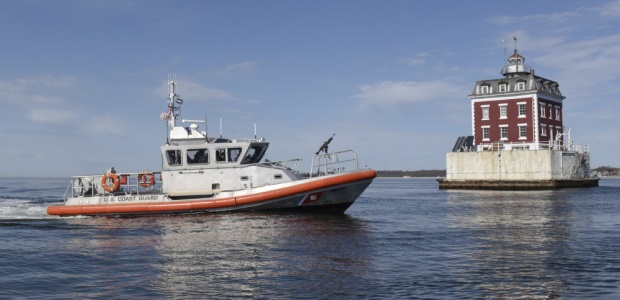
Mariner-Operated Low-Visibility Warnings Coming to Connecticut, Long Island
The new MRASS technology is far better because it is less expensive and requires less maintenance that the foghorns, which use older technology that is prone to being knocked out of calibration and for which parts are hard to find, according to the Coast Guard.
Coast Guard Sector Long Island Sound will replace traditional foghorns with marine radio-activated sound signals at eight different locations across Connecticut and three locations on Long Island, the U.S. Coast Guard announced.
Mariners who require the use of sound signals during periods of reduced visibility will activate them on demand by momentarily turning their VHF-FM radio to channel 83A/157.175Mhz and keying their microphone five times consecutively. This activates the sound signal of the new Marine Radio-Activated Sound Signals (MRASS) equipment for up to 60 minutes.
USCG reported that the current sound signal type and characteristic will not change due to this conversion, and all light characteristics, equipment, and patterns also will not change.
A short Coast Guard video explains the new MRASS equipment and contrast its operation and warning sound with that of an older foghorn. The new technology is far better because it is less expensive and requires less maintenance that the foghorns, which use older technology that is prone to being knocked out of calibration and for which parts are hard to find, according to the video.